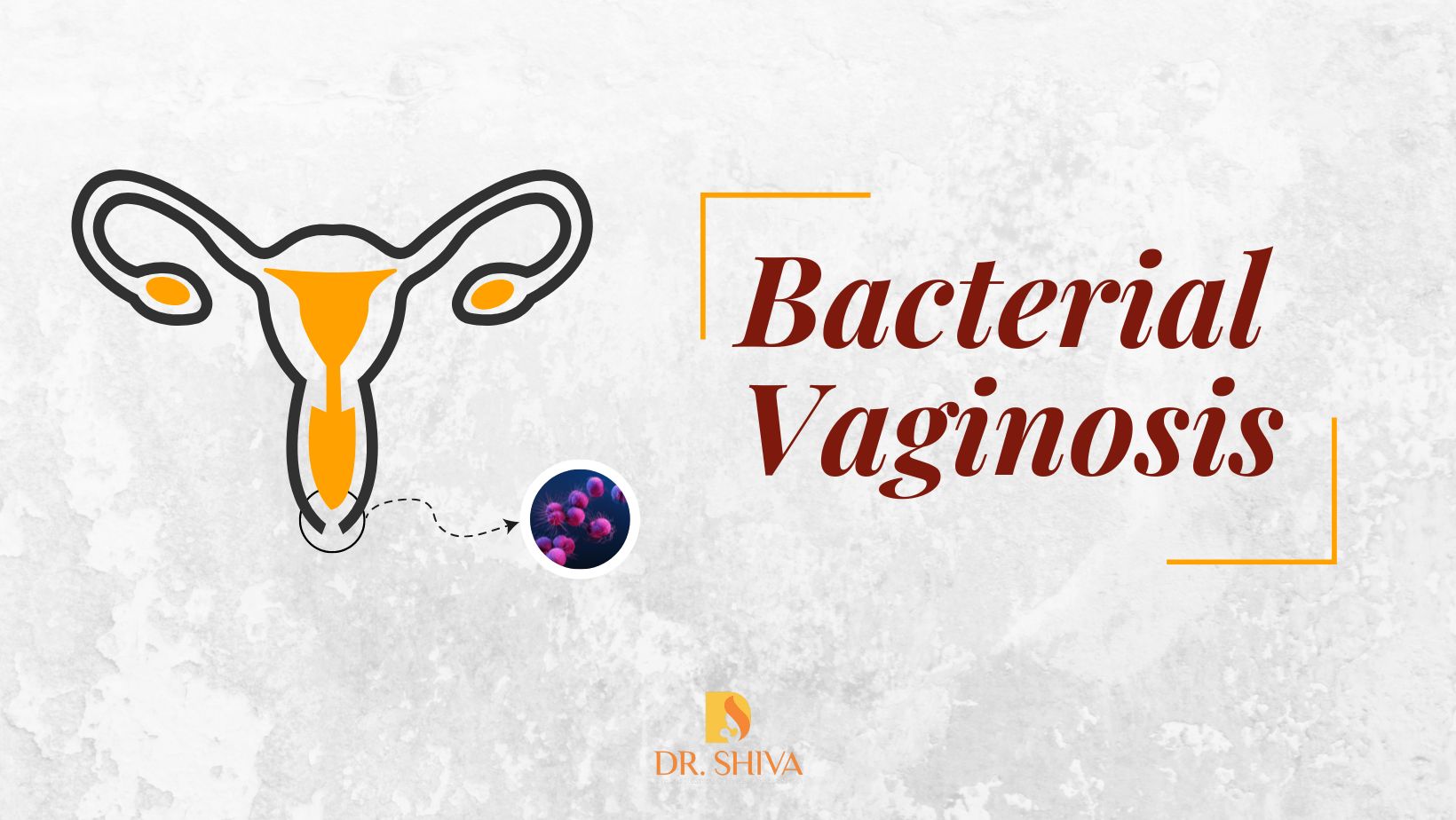
Bacterial vaginosis (BV) is a common vaginal infection caused by an imbalance in the vaginal bacteria. It is usually found in women in the age range of 15-44.
Causes
Bacterial vaginosis is caused by an increase in bacteria in the vagina. The exact cause of this overgrowth is not yet fully understood, but it is believed to be related to several factors, including:
- Sexual activity: BV is more common in sexually active women, and having multiple sexual partners may increase the risk of developing the infection.
- Hormonal changes: Changes in hormone levels, such as those that occur during menstruation, pregnancy, or menopause, can alter the pH balance of the vagina and increase the risk of developing BV.
- Antibiotic use: Antibiotic use can disrupt the balance of bacteria in the vagina and increase the risk of developing BV.
- Personal hygiene: Poor personal hygiene, such as not washing your hands before touching your genitals or using scented products on your vagina, can also increase the risk of developing BV.
Symptoms
Many women with bacterial vaginosis do not experience any symptoms. Some women, however, may experience the following symptoms:
- Vaginal discharge that is thin and white or grey.
- A strong, fishy odour
- Experiencing a burning sensation or itching in or around the vagina
- Pain during urination
- Mild vaginal bleeding
Diagnosis
Bacterial vaginosis is usually diagnosed during a gynecological exam, during which the doctor will perform a pelvic exam and collect a sample of your vaginal discharge for evaluation. A pH test will be taken to measure the acidity of the vagina, and another test to detect the presence of specific bacteria associated with BV.
Treatment Options
There are several treatment options available:
- Antibiotics: Antibiotics are the most common treatment for BV and are usually prescribed in the form of oral or vaginal medication.
- Probiotics: Probiotics are live bacteria that can help restore the natural balance of bacteria in the vagina and may help prevent recurrent BV.
- Lifestyle changes: Practicing good personal hygiene, avoiding douching or using scented products on the vagina, and using condoms during sexual activity may help reduce the risk of developing BV.
Risks and Complications
Bacterial vaginosis can increase the risk of developing certain complications, including:
- Sexually transmitted infections (STIs): Women with bacterial vaginosis may be at an increased risk of developing STIs, such as chlamydia, gonorrhea, and HIV.
- Pelvic inflammatory disease (PID): Untreated BV can increase the risk of developing PID, a serious infection of the reproductive organs that can cause infertility and other complications.
- Preterm labor: Pregnant women with BV may be at an increased risk of delivering their baby prematurely.
Bacterial vaginosis is a common vaginal infection that can cause discomfort and increase the risk of developing certain complications. Early diagnosis and appropriate treatment can help reduce the risk of complications and improve outcomes for affected women. It’s important to speak with your healthcare provider if you have any concerns about bacterial vaginosis.

